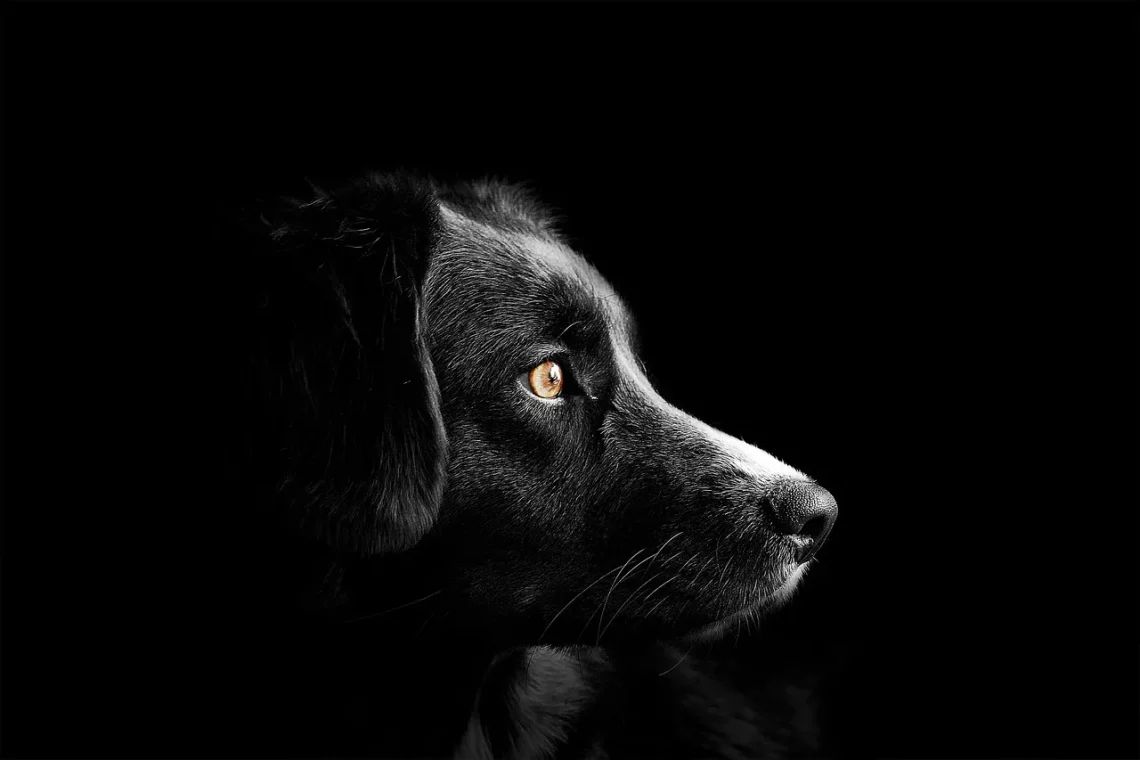
Why Is My 13 Year Old Dog Panting Excessively? Understanding the Causes
Excessive panting in dogs can be a concerning behavior for pet owners, especially when it occurs in older dogs. While panting is a normal physiological response for dogs, it can also indicate underlying health issues, particularly as they age. Understanding the reasons behind this behavior is crucial for any dog owner who wishes to ensure their furry companion remains healthy and happy.
Older dogs undergo various changes in their bodies, and just like humans, they can face unique challenges as they age. This includes alterations in their metabolism, changes in their respiratory system, and the potential for chronic health conditions. Therefore, identifying the cause of excessive panting can help in determining whether it is a benign reaction to environmental factors or a symptom of a more serious health problem.
As dogs age, they may also experience anxiety, pain, or discomfort, which can lead to increased panting. Additionally, environmental factors such as heat, humidity, or even excitement can trigger this behavior. Consequently, it is essential for dog owners to be observant and proactive in understanding their pet’s needs, especially when changes in behavior arise. In this article, we will delve into the various reasons why your 13-year-old dog may be panting excessively, helping you to navigate this concerning behavior with greater understanding.
Common Health Issues in Senior Dogs
As dogs age, they become more susceptible to a range of health problems that can lead to excessive panting. One of the most common issues in senior dogs is arthritis. This degenerative joint disease causes pain and stiffness, making it difficult for dogs to move comfortably. As a result, they may pant more frequently due to discomfort or stress.
Another significant health concern is heart disease. Older dogs, like humans, are at a higher risk of developing cardiovascular problems. Conditions such as congestive heart failure can lead to inefficient blood circulation, causing an accumulation of fluid in the lungs. This can result in difficulty breathing and excessive panting as the dog struggles to get enough oxygen.
Respiratory issues can also be prevalent in older dogs. Conditions such as pneumonia, bronchitis, or even tumors in the lungs can lead to excessive panting. In these cases, the dog may be trying to increase airflow to their lungs to compensate for the reduced efficiency of their respiratory system.
Additionally, endocrine disorders, such as Cushing’s disease or hypothyroidism, can affect a dog’s metabolism and energy levels. Cushing’s disease, in particular, is characterized by the overproduction of cortisol, leading to symptoms such as increased thirst, frequent urination, and, notably, panting.
It is crucial for pet owners to be vigilant about their dog’s health, especially as they age. Regular veterinary check-ups can help catch these issues early, allowing for timely intervention and treatment. Monitoring your dog’s behavior, including their panting patterns, can provide valuable information to your veterinarian, enabling them to make a more accurate diagnosis.
Environmental Factors Contributing to Panting
In addition to health issues, various environmental factors can contribute to excessive panting in older dogs. Temperature and humidity play a significant role in a dog’s comfort levels. Dogs do not sweat like humans; instead, they rely on panting as a mechanism to cool down. When the weather is hot and humid, older dogs may struggle to regulate their body temperature, leading to increased panting.
During warmer months, it is essential to provide your dog with a cool, shaded area to rest. Fresh water should always be available to keep them hydrated. If you notice your dog panting excessively during hot weather, it may be beneficial to limit outdoor activities to cooler parts of the day, such as early morning or late evening.
Stress and anxiety can also manifest as excessive panting in dogs. Senior dogs may experience anxiety due to changes in their environment, such as moving to a new home, the arrival of a new pet, or even changes in the owner’s routine. Additionally, loud noises, such as thunderstorms or fireworks, can trigger anxiety in dogs, leading to increased panting.
Creating a calm environment for your dog is essential in managing stress-related panting. Providing safe spaces, such as a cozy bed or a quiet room, can help them feel more secure. Additionally, engaging in calming activities, such as gentle petting or providing puzzle toys, can help distract them from anxiety-inducing situations.
Lastly, energy levels also play a role in panting. Older dogs may not have the same stamina as younger dogs, so even a short play session can leave them panting. It’s essential to adjust their exercise routine according to their capabilities, ensuring they get enough activity without overexertion.
Behavioral Changes and Their Impact
Excessive panting can also be a behavioral response in older dogs. As they age, they may develop changes in behavior due to a variety of factors, including cognitive decline. Canine Cognitive Dysfunction Syndrome (CDS) is a condition similar to dementia in humans, and it can lead to confusion, anxiety, and changes in daily habits.
Dogs suffering from cognitive dysfunction may exhibit signs of restlessness and anxiety, which can lead to increased panting. They may become disoriented in familiar environments or exhibit changes in their sleeping patterns. Providing mental stimulation through interactive toys or engaging activities can help alleviate some of the symptoms associated with cognitive decline.
Pain management is another critical aspect of addressing behavioral changes in senior dogs. If your dog is experiencing pain from arthritis or other health issues, it may exhibit signs of discomfort, such as panting, pacing, or vocalizing. Consulting with your veterinarian about appropriate pain management strategies can significantly improve your dog’s quality of life and reduce anxiety-related behaviors.
Additionally, routine changes can impact a dog’s behavior. Older dogs often thrive on a consistent schedule, and disruptions to their daily routine can create stress. Maintaining a regular feeding and exercise schedule can help provide stability and comfort for your dog, potentially reducing excessive panting.
Finally, socialization is vital for maintaining a happy and healthy dog. Older dogs may become less social due to physical limitations or fear of injury. Encouraging gentle interactions with other pets or people can help improve their mood and reduce feelings of anxiety.
When to Seek Veterinary Advice
Determining when to seek veterinary advice for your panting dog is crucial for ensuring their health and well-being. If your senior dog is panting excessively, it is essential to observe other accompanying symptoms. Signs that warrant a trip to the veterinarian include lethargy, coughing, difficulty breathing, or changes in appetite or drinking habits.
Additionally, if you notice your dog panting in conjunction with signs of pain, such as reluctance to move, whining, or sensitivity to touch, it is advisable to seek veterinary care. These signs could indicate underlying health issues that require immediate attention.
It’s also important to remember that panting can be a normal response to stress or excitement. However, if this behavior becomes excessive or is accompanied by other concerning symptoms, it is best to err on the side of caution and consult your veterinarian.
During your visit, the veterinarian may conduct a physical examination and recommend diagnostic tests, such as blood work or imaging, to determine the underlying cause of the panting. Based on the findings, they can develop an appropriate treatment plan tailored to your dog’s needs.
In conclusion, excessive panting in a 13-year-old dog can arise from various factors, including health issues, environmental conditions, and behavioral changes. Understanding these causes can help you address the behavior effectively and ensure your dog’s comfort and well-being.
**Disclaimer:** This article is for informational purposes only and does not constitute medical advice. For any health concerns regarding your pet, please consult your veterinarian for professional guidance.




